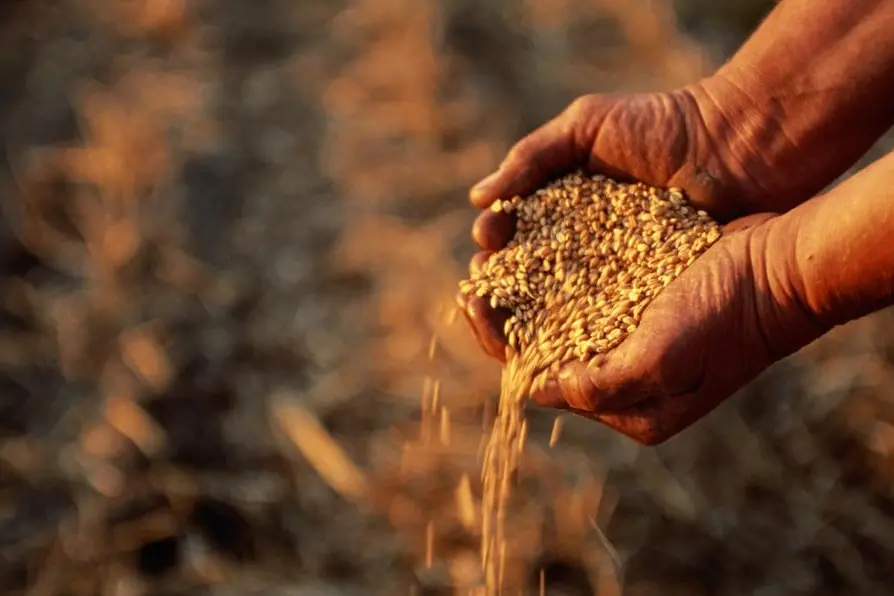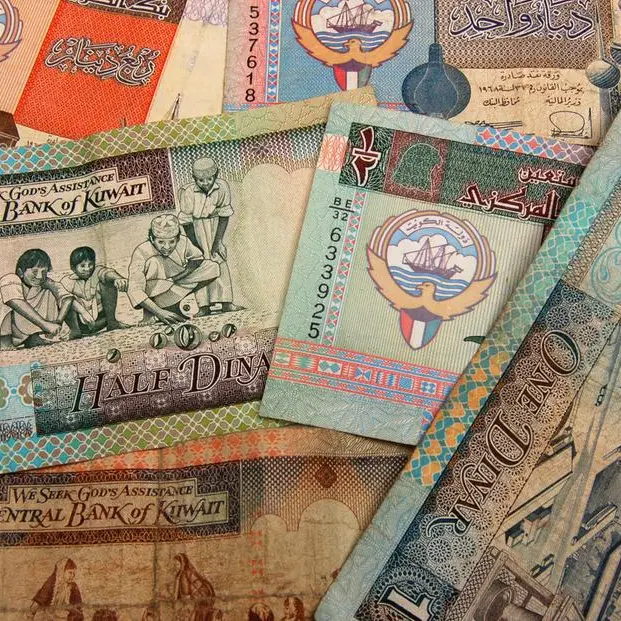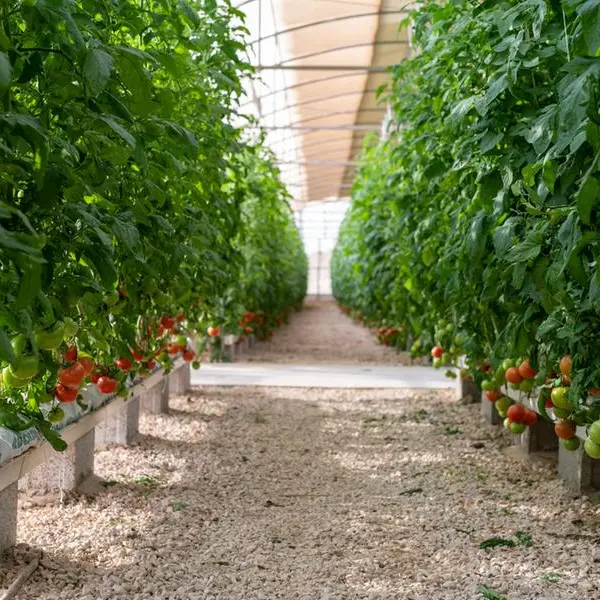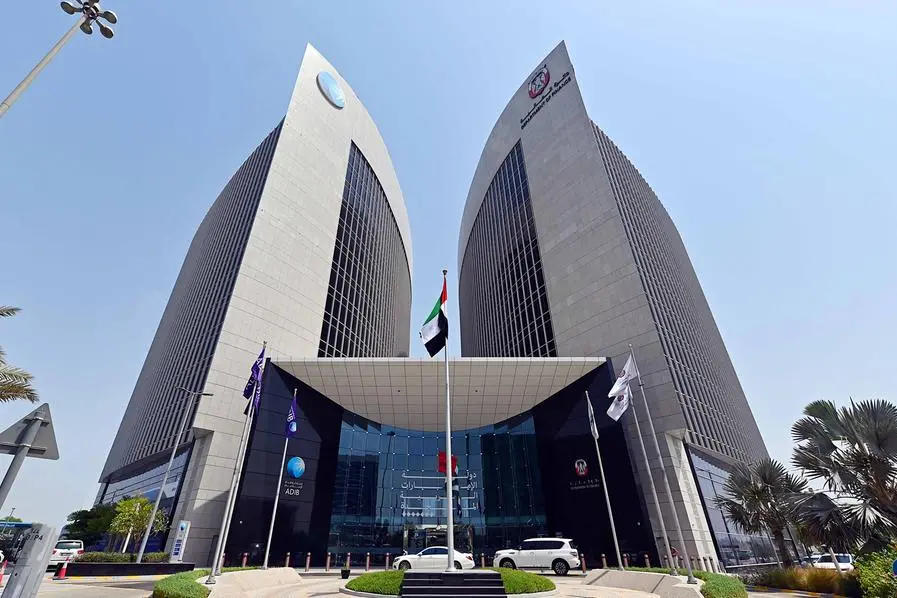PHOTO
Image used for illustrative purpose. Getty Images
MUSCAT: The Sultanate of Oman has witnessed a staggering 300% surge in wheat production from 2018 to 2023, reflecting the nation's dedication to enhancing agricultural productivity and food security. The increase is attributed to strategic initiatives and collaborations spearheaded by the government and academic institutions.
According to Dr Muhammad Farooq, Associate Professor and Head of the Agricultural and Marine Sciences Department at Sultan Qaboos University, Oman has made substantial strides in boosting wheat productivity and resilience. The introduction and development of high-yielding, stress-resistant bread wheat genotypes, coupled with an expansion of the cultivation area, have been pivotal in this progress. Government support has also played a crucial role in overcoming challenges such as water scarcity and labor shortages.
"Further research is imperative to tailor the wheat production system to meet Oman's unique agricultural ecosystem," Dr Farooq emphasised in a video post. He highlighted the necessity of close cooperation with the private sector for seed multiplication, production, and marketing. Moreover, integrating young students into research endeavours, organising field days at farmers' fields, and conducting on-farm demonstration trials are essential strategies to bolster human resource development within the wheat production industry.
The initial objective of the study was a modest 5% increase in wheat productivity. However, the collective efforts have far exceeded expectations, underscoring the potential for sustainable agricultural development in Oman. The outcomes include the selection of high-yielding, drought- and heat-tolerant bread wheat genotypes well adapted to the Omani environment.
Additionally, the development of a super-absorbent biopolymer derived from dead-palm-based leaves has contributed to enhanced soil moisture retention over extended periods. Innovations in seed priming techniques utilizing novel compounds in nanocompositions have further optimised wheat performance across various moisture levels.
This progress has had a tangible impact on the food security sector, revealing high-yielding seeds resistant to drought and climate change. These advancements confirm Oman's commitment to promoting agricultural innovation, sustainability, productivity, and resilience in agricultural development and food security.
To provide context, during the agricultural season of 2022/2023, Oman’s wheat production surged by 229% to a total of 7,119 tonnes, compared to 2,169 tonnes in the previous season of 2021/2022. Statistics from the Ministry of Agriculture, Fisheries and Water Resources show that wheat was grown on a total area of 6,359 acres during the 2022/2023 season, marking a 160% increase over the previous year.
The number of wheat farmers also grew by 24%. Dhofar Governorate led the wheat production with 5,940 tonnes, comprising 83% of the total production volume. It was followed by Al Dakhiliyah Governorate (801 tonnes), Al Dhahirah Governorate (249 tonnes), Al Buraimi Governorate (38 tonnes), Al Batinah North Governorate (35 tonnes), Al Sharqiyah North Governorate (33 tonnes), Al Batinah South Governorate (16 tonnes), Musandam Governorate (2.4 tonnes), Al Sharqiyah South Governorate (2.3 tonnes), and Muscat Governorate (0.7 tonnes).
2022 © All right reserved for Oman Establishment for Press, Publication and Advertising (OEPPA) Provided by SyndiGate Media Inc. (Syndigate.info).
JOMAR MENDOZA























